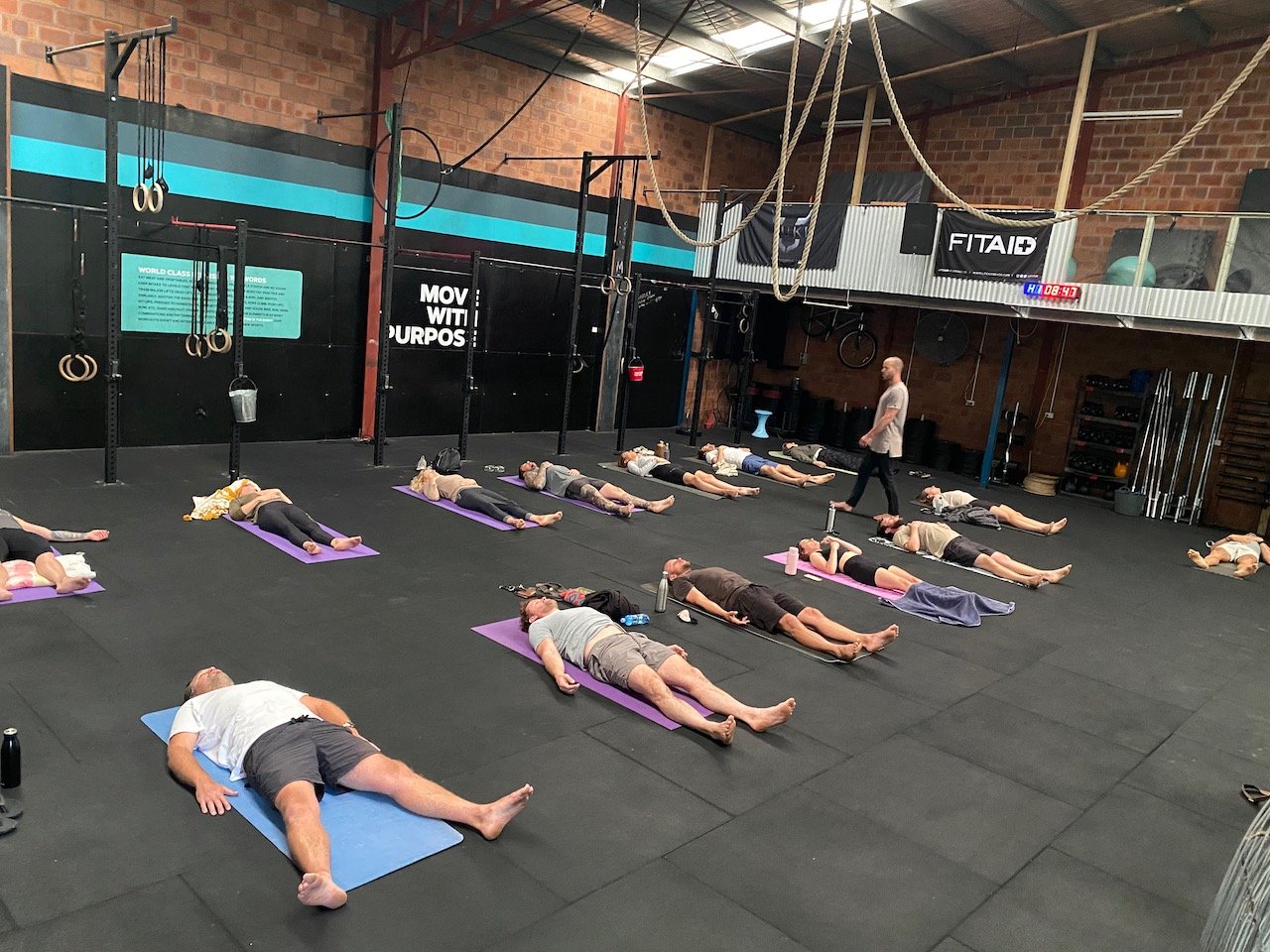
Frequently asked questions
What exactly is Breathwork and how do you do it?
As you breathe, you will become aware of thoughts, feelings, memories, and patterns that are not aligned with love and self-love. Even though many of us have processed childhood, beliefs, patterns in psychiatry, therapy, coaching, or healing, Breathwork offers an opportunity to release any energy that has been unconsciously residing in the body or energetic system. Once those energies are released, there is more space for your inherent life force to flow through you.
How is Breathwork different from meditation or yoga?
Breathing practices are on the rise, and there's a reason why: Unlike meditation, where we are aware of our mental chatter, Breathwork allows us to disconnect from the mind and reconnect with our body and energy. From this elevated state of awareness, we are able to heal, grow, and expand.
What sensations to expect during a Breathwork session?
Some of the effects that someone might experience during Breathwork include tingling, buzzing, warming, cooling, or tightness in certain parts of their body. They may see colours, images, or have downloads and insights. Your body has an innate intelligence and wisdom and it will support you in releasing what no longer serves you.
How is Breathwork fast-acting?
Breathwork gives the brain's executive functioning something to focus on, so you can bypass the mental level of consciousness and drop into a deeper state of consciousness, where healing, spirit, and love reside. Let us help reduce the need for exhaustion, obsessive behaviour, and even medications, as a way of finding balance.
Can we over breathe?
Chronic over-breathing leads to loss of health, poor fitness, compromised athletic performance and contributes to anxiety, asthma, fatigue, insomnia, heart problems, and even obesity. How we breathe literally affects every aspect of our health. Over-breathing causes the narrowing of airways, limiting the body's ability to oxygenate, and the constriction of blood vessels, leading to reduced blood flow to the heart, organs, and muscles.
What are the benefits of breath-holds?
Breath-holds improve your lung capacity, ability to handle stress and they improve sport performance. The benefits of holding breath has a lot to do with the carbon dioxide that you release into your system. This helps foster a rich supply of air, which has significant effects on your skin, lungs, brain, and other body tissues. Breath holding is one of the most powerful tools to Increase CO2 tolerance. There are also many other benefits such as improved longevity, brain tissue regeneration, anti-inflammatory effects, increase in lung capacity, strengthens diaphragm, reduces stress and anxiety.
Is there any science behind Breathwork?
Something as simple as making you exhale longer than your inhale has been shown to send the body into a more parasympathetic state, lowering blood pressure and cortisol levels, while coherent breathing, a type of long, slow breath, has been associated with a decrease in depressive symptoms. Over at the Huberman Lab for neuroscience out of Stanford University, they study how the breath impacts emotional states and how it can actually change the way the brain reacts to fear. On the other side of the world, in the Netherlands, researchers at Radboud University Medical Center are looking into how the Wim Hof Method—a Breathwork, meditation, and cold therapy protocol—can reduce inflammation and increase pain tolerance.
What are the Contraindications for Breathwork?
Medical and Psychiatric Contraindications To Participating In Breathwork
Breathwork results in certain specific physiological changes in the body and also can result in intense physical and emotional release. Therefore, for safety purposes, we do not allow persons with the following conditions to participate in a Breathwork session:
Epilepsy
Detached Retina
Glaucoma
Prior diagnosis by a health professional of bipolar disorder or schizophrenia
Osteoporosis that is serious enough whereby moving around actively could cause potential issues.
High Blood Pressure that is not controlled with medication.
Pregnancy
Cardiovascular disease and/or irregularities including prior heart attack
Family history of aneurysms
Use of prescription blood thinning medications such as Coumadin
Hospitalization for any psychiatric condition or emotional crisis during the past 10 years.
Strokes, seizures, TIAs or other brain/neurological condition or disease
If you have been diagnosed with PTSD, you are required to be in therapy and to get your therapist’s approval to participate before you register
Any other medical, psychiatric or physical conditions which would impair or affect ability to engage in any activities that involve intense physical and/or emotional release.
If you're not sure if this is safe for you due to any physical condition, then please consult with your doctor, physician, or therapist first.
